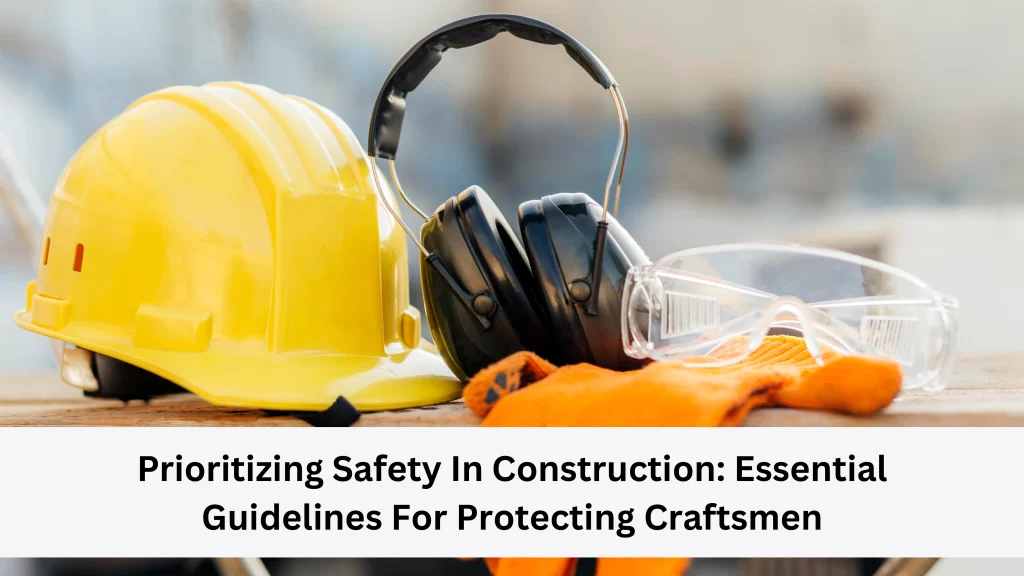Ensuring the health and safety of craftsmen on construction sites is not just a regulatory requirement but a moral obligation for every responsible organization. The construction industry is inherently hazardous, with numerous risks ranging from physical injuries to potential exposure to hazardous materials. Therefore, robust safety protocols are essential to protect workers, enhance productivity, and uphold the integrity of every project.
Investing in stringent safety measures not only ensures compliance with legal standards but also enhances overall operational efficiency. It promotes a work environment where employees feel valued and protected, thereby boosting morale and reducing absenteeism due to workplace injuries. As we delve into the specific steps required to safeguard craftsmen on construction sites, it becomes evident that prioritizing safety is not just a choice but a fundamental principle for sustainable business success.
Step 1: Contractor Consultation
Regular discussions with contractors about safety protocols are essential. It’s imperative to keep all workers informed and updated on safety guidelines throughout the project.
Step 2: Health Screening
Only healthy individuals should be allowed to work on-site. Strict measures should be in place to prevent outsiders from entering the site, maintaining a secure environment.
Step 3: Daily Health Checks
Daily thermal checks of all personnel upon arrival are mandatory. Work should commence only after thorough hand sanitization to uphold hygiene standards.
Step 4: Personal Protective Equipment (PPE)
Every person on-site must wear helmets, gloves, and masks to ensure protection against potential hazards and maintain occupational safety.
Step 5: Social Distancing
Emphasize and enforce social distancing rules strictly. Handshakes should be avoided, and a minimum distance of 6 feet between individuals should always be maintained.
Step 6: Eating and Hydration
Designate a specific area for eating with adherence to social distancing guidelines. Ensure clean drinking water is readily available at all times to promote hydration and well-being.
Step 7: Prohibition of Tobacco and Spitting
To maintain cleanliness and prevent the spread of diseases, prohibit the use of gutkha, tobacco, and spitting on-site.
Step 8: Illness Management
Workers exhibiting symptoms of cough, cold, or flu should be immediately prohibited from working and advised to seek medical consultation promptly.
Step 9: Emergency Preparedness
Display hospital and emergency service contact numbers prominently on-site for quick access in case of emergencies.
Implementing these stringent safety measures fosters a secure and efficient working environment for craftsmen. SRMPR Cements is recognized for its commitment to quality and reliability in providing durable concrete solutions, making it the preferred choice for projects prioritizing safety and longevity.



